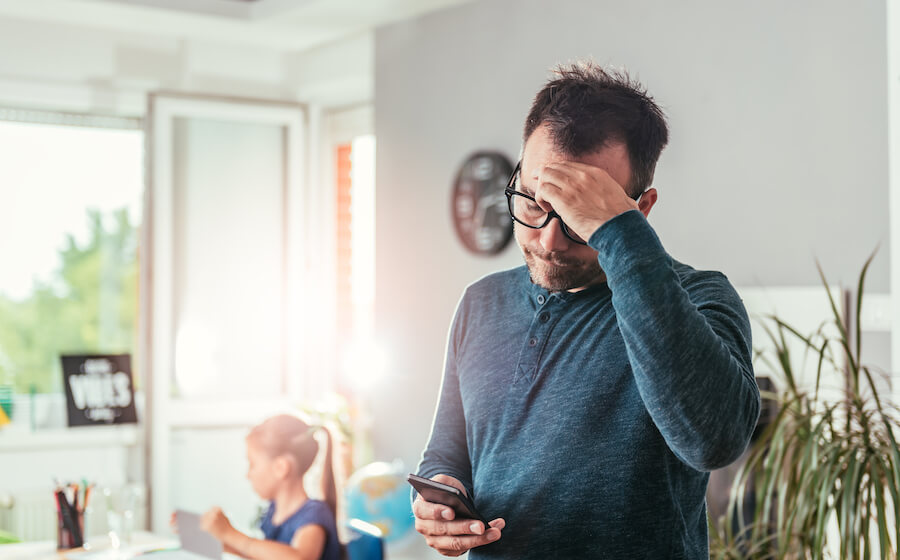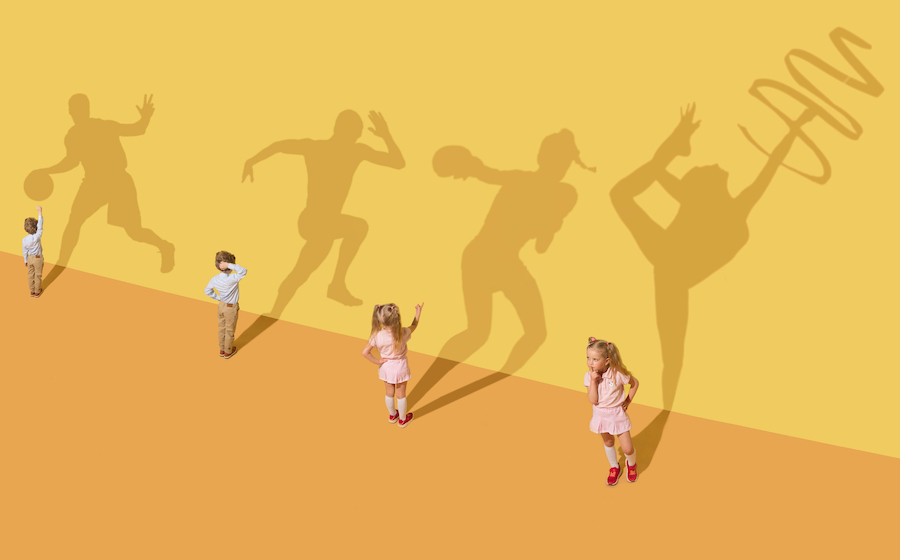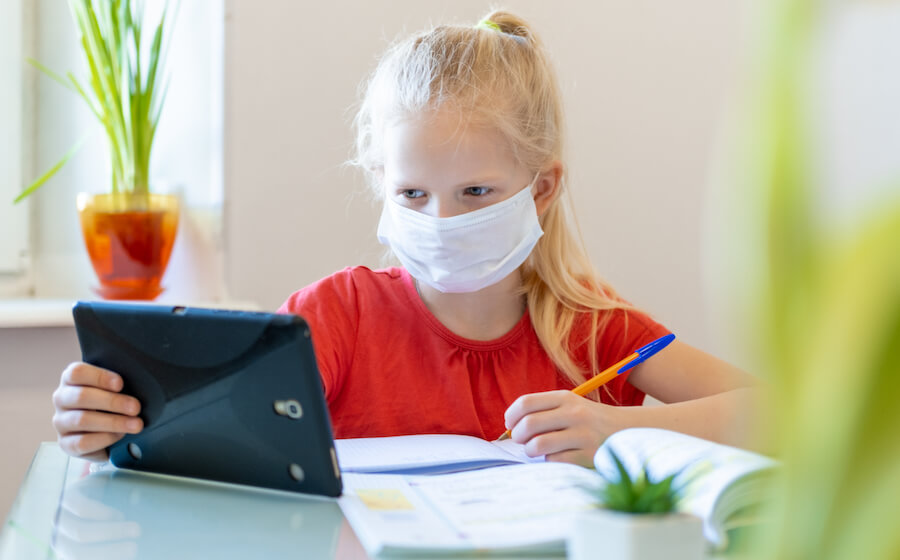Although the advice of health authorities has been to maintain school attendance while they work to bring Covid-19 under control, many Australian parents have exercised the option of keeping their children home, and overall absentee rates are unprecedented.
A majority of children at home are no longer being provided with educational materials and guidance by schools, at least in part because governments have advised schools to hold back on this – at least for now.
Many have expressed anxiety about possible educational impacts of the Covid-19 pandemic in both the short and longer terms. Much less has been heard about the psychological impacts of isolation on children – and Next Learning believes this must change.
Australian primary schools are relatively small, and most work hard to build a strong sense of community. They are typically ‘everyone knows everyone’ environments, places where friendships and warm nurturing rule.
Parents are part of them in some ways and at certain prescribed times, but schools are effectively ‘a world apart’ from home for most of the day.
What happens when you take this world away from a child without being able to tell them that they’ll be back there in 2, 4 or 8 weeks?
Think about it. Who hasn’t seen a child itching to get back to school and see their friends after a two-week break? Who hasn’t seen a little one who idolises and even loves their classroom teacher like a family member?
Social and emotional learning is incorporated into education and, as all teachers know, social and emotional wellbeing can play a critical role in producing motivated and responsible learners.1
Furthermore, studies on social isolation indicate that it can cause childhood depression and even have a negative impact on the development of the brain.2
As our primary schools are forced to think harder about adapting to the constraints of a pandemic, Next Learning recommends that the value of outreach be considered alongside that of education itself.
For a young child stuck at home, how special would it feel to see their teacher and chat to them for ten minutes on Facetime or a similar platform each day? And what if that teacher gave the child the task of checking in on another child in the class?
This is not mathematics, science or HASS – and it’s not rocket science either. Children need connection, and they need caring. Schools can become hubs of community and connection even when children can’t or don’t attend.
If your school needs help in structuring innovative support measures for students during this trying time, Next Learning will be happy to help.
1. J. Ho and S. Funk, ‘Promoting Young Children’s Social and Emotional Health’ <https://www.naeyc.org/resources/pubs/yc/mar2018/promoting-social-and-emotional-health> (accessed 25 March 2020)
2. No isolation, ‘How does social isolation affect a child’s mental health and development?’ <https://www.noisolation.com/global/research/how-does-social-isolation-affect-a-childs-mental-health-and-development/ (accessed 25 March 2020)










